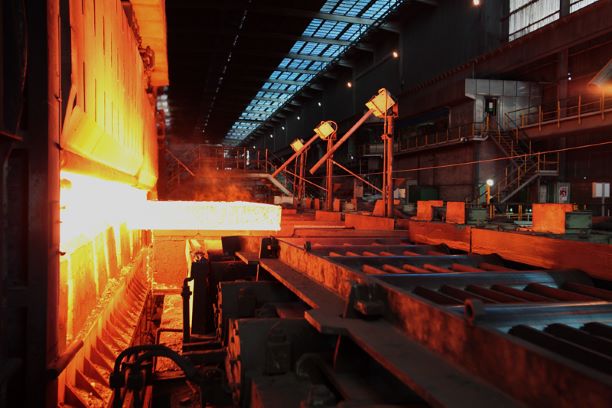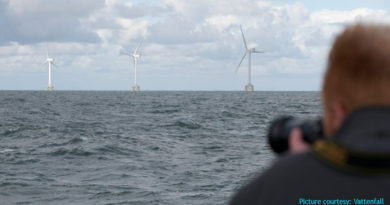Early Actions Needed To Decarbonize Steel & Cement Sectors, Says CPI Report
A latest report by the international think-tank Climate Policy Initiative (CPI) claimed that early actions are needed to decarbonize India's steel and cement industries.

The report claimed that most of the technology available for the same is commercially unviable and has a high abatement cost. The report claimed that the two industries currently contribute around 15%-20% of emissions. However, the researchers claimed that by the end of 2050, the emissions will likely increase by 3 to 4 times the current levels.
“Markets alone cannot drive adoption of these technologies – effective policy frameworks and a functioning enabling environment built in coordination with the industry and the financial sector, is needed to effectively address investment risk-returns and unlock private sector investments into these breakthrough technologies,” the report said.
The CPI report said that only a few instruments promote decarbonization, which primarily focuses on low-hanging levers (such as energy efficiency and renewable energy) and are insufficient to drive a low-carbon industrial transition. The report advocated for well-designed policy frameworks that promote industrial decarbonization must include a mix of fiscal, financial, market-based, and regulatory interventions that target both the supply-side and the demand-side factors.
The researchers in the report claimed that some of the policy instruments that are expected to have the highest potential impact on directing private investments towards breakthrough technologies for low-carbon production of steel and cement included-internationally well-coordinated carbon pricing, public funding for demonstration pilot projects, viability gap funding as capital expenditure subsidies, green public procurement of low carbon materials and product embodied carbon standards in end-use sectors.
The report also batted for strengthening efforts to create well-functioning enabling environments. “A functional enabling environment (suitable regulatory, market, and financing conditions) would address investment barriers, improve the ease of doing business, and attract private investors,” the report said.
The CPI analysis said that the enablers with the highest perceived significance when deciding to invest in breakthrough technologies for low-carbon production of steel and cement included-supporting infrastructure that includes carbon dioxide and hydrogen storage transportation, RE generation, electricity networks, and industrial hubs, among others.




